Obama's spending: What the numbers really say
Is Obama's reputation for spending “like a drunken sailor” deserved?
Even by political standards, Mitt Romney has an utterly shameless disregard for the truth, said Eugene Robinson in The Washington Post. But a new analysis by the financial website MarketWatch.com may have uncovered Romney’s biggest whopper yet: his charge that under Obama, “federal spending has accelerated at a pace without precedent in recent history.” The myth that Obama spends “like a drunken sailor” is so widespread, said Rex Nutting in MarketWatch.com, that even some Democrats believe it. But the numbers, unlike Romney, don’t lie. Set aside the first part of the 2009 fiscal year—which began four months before Obama took office, with a budget largely set by the previous Congress—and federal spending has only increased by 1.4 percent during Obama’s tenure. That’s the lowest spending increase of any president since Dwight Eisenhower. The 2009 budget that George W. Bush handed Obama spent $3.52 trillion; under Obama, in 2010 federal spending actually fell, to $3.46 trillion. Obama’s 2013 budget calls for $3.58 trillion, very close to what the government spent in 2009. Contrast that record with Bush’s 7.3 percent increase in spending during his first term, or Ronald Reagan’s 8.7 percent increase during his first term. The bottom line: The famous “Obama spending binge never happened.”
That’s some creative, and deceptive, accounting, said James Taranto in WSJ.com. It’s true that if you saddle George W. Bush with most of 2009’s federal budget—which raised spending by 17.9 percent—then Obama’s spending increases look rather modest. But 2009’s budget contained about $400 billion in spending for the Troubled Asset Relief Program—the bank bailout. That was supposed to be a one-time emergency measure. The budget for the ensuing years should have been smaller, but Obama carried on spending “as if the 2008 emergency were permanent.” Besides, said Investor’s Business Daily in an editorial, spending measured in raw dollars is useless for historical analysis. What matters is spending as a percentage of gross domestic product, and Obama’s average—23.8 percent of GDP—is “higher than it’s ever been since World War II.”
Now there’s a blatantly misleading argument, said the Tampa Bay Times’ Politifact.com. The main reason we’re spending such a large percentage of our GDP is not that Obama’s a “big spender”—he actually presided over a slight decrease in spending once you adjust for inflation. Our GDP has been dragged down by the worst economic crisis since the Great Depression. That crisis, not incidentally, happened on Bush’s watch.
The Week
Escape your echo chamber. Get the facts behind the news, plus analysis from multiple perspectives.

Sign up for The Week's Free Newsletters
From our morning news briefing to a weekly Good News Newsletter, get the best of The Week delivered directly to your inbox.
From our morning news briefing to a weekly Good News Newsletter, get the best of The Week delivered directly to your inbox.
“This entire conversation is nonsense,” said Ezra Klein in WashingtonPost.com. For Democrats to be “crowing” about Obama’s modest spending is deeply disingenuous, since congressional Democrats tried to spend hundreds of billions more—but were blocked by Republicans. The GOP could boast about that, but won’t, since they want to pretend that they’ve had no role in spending and the economy since Obama took office. To see how cynical this whole debate is, said Jonathan Chait in NYMag.com, consider Romney’s admission last week that he wouldn’t make big spending cuts in his first year as president. “If you take a trillion dollars out of the first year of the federal budget,” Romney said, “that would shrink GDP over 5 percent.” Whoa! That’s a “big fat wet kiss” to Keynesian economics, and an admission that it’s nuts to cut federal spending during a recession. The Republican nominee “just repudiated the central argument his party has been making against Obama for the past three years.” Who said Romney never tells the truth?
A free daily email with the biggest news stories of the day – and the best features from TheWeek.com
-
 Why it’s important to shop around for a mortgage and what to look for
Why it’s important to shop around for a mortgage and what to look forThe Explainer You can save big by comparing different mortgage offers
-
 4 ways to save on rising health care costs
4 ways to save on rising health care costsThe Explainer Health care expenses are part of an overall increase in the cost of living for Americans
-
 How to financially prepare for divorce
How to financially prepare for divorceThe Explainer Facing ‘irreconcilable differences’ does not have to be financially devastating
-
 Bari Weiss’ ‘60 Minutes’ scandal is about more than one report
Bari Weiss’ ‘60 Minutes’ scandal is about more than one reportIN THE SPOTLIGHT By blocking an approved segment on a controversial prison holding US deportees in El Salvador, the editor-in-chief of CBS News has become the main story
-
 Has Zohran Mamdani shown the Democrats how to win again?
Has Zohran Mamdani shown the Democrats how to win again?Today’s Big Question New York City mayoral election touted as victory for left-wing populists but moderate centrist wins elsewhere present more complex path for Democratic Party
-
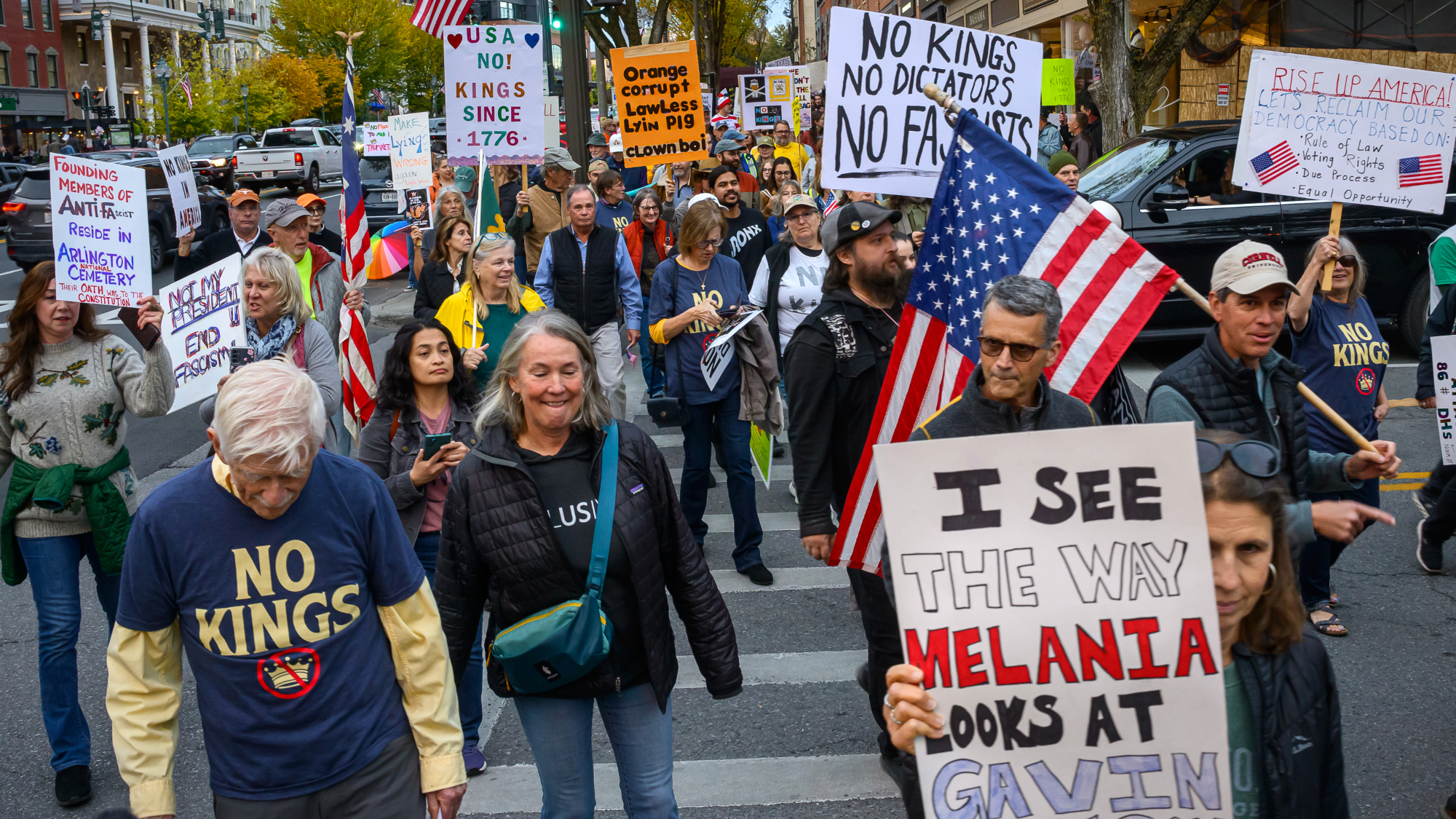 Millions turn out for anti-Trump ‘No Kings’ rallies
Millions turn out for anti-Trump ‘No Kings’ ralliesSpeed Read An estimated 7 million people participated, 2 million more than at the first ‘No Kings’ protest in June
-
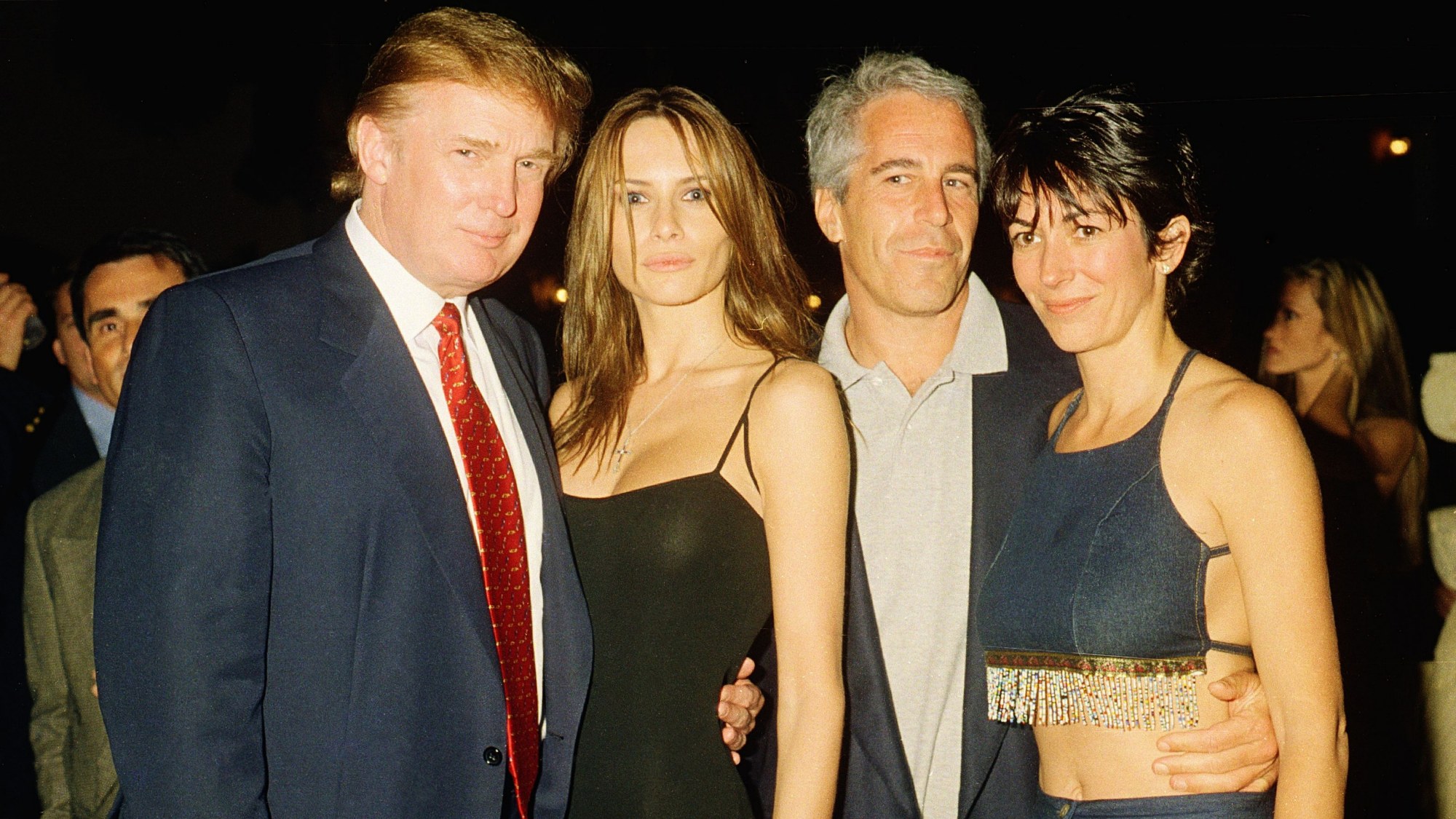 Ghislaine Maxwell: angling for a Trump pardon
Ghislaine Maxwell: angling for a Trump pardonTalking Point Convicted sex trafficker's testimony could shed new light on president's links to Jeffrey Epstein
-
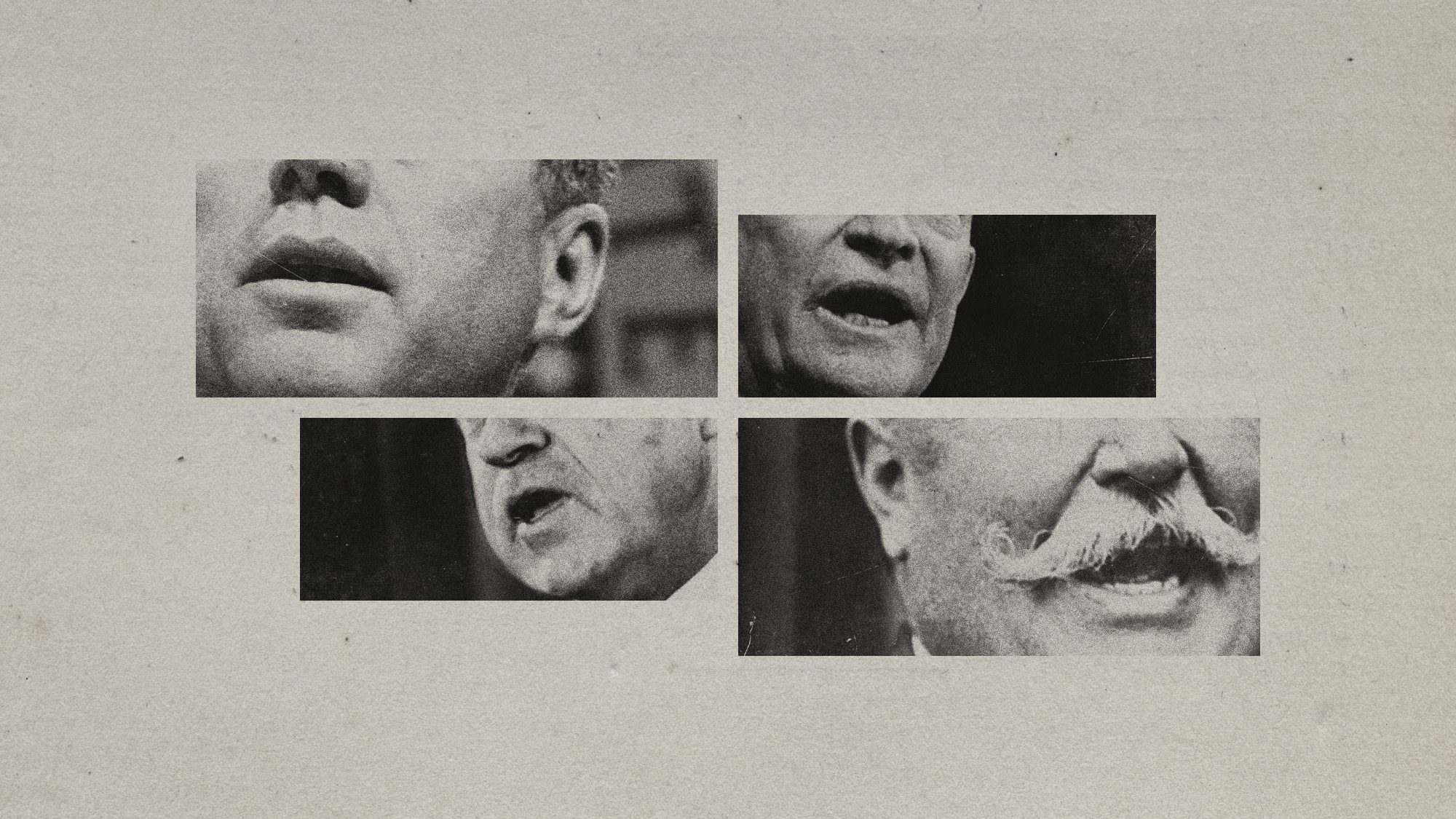 The last words and final moments of 40 presidents
The last words and final moments of 40 presidentsThe Explainer Some are eloquent quotes worthy of the holders of the highest office in the nation, and others... aren't
-
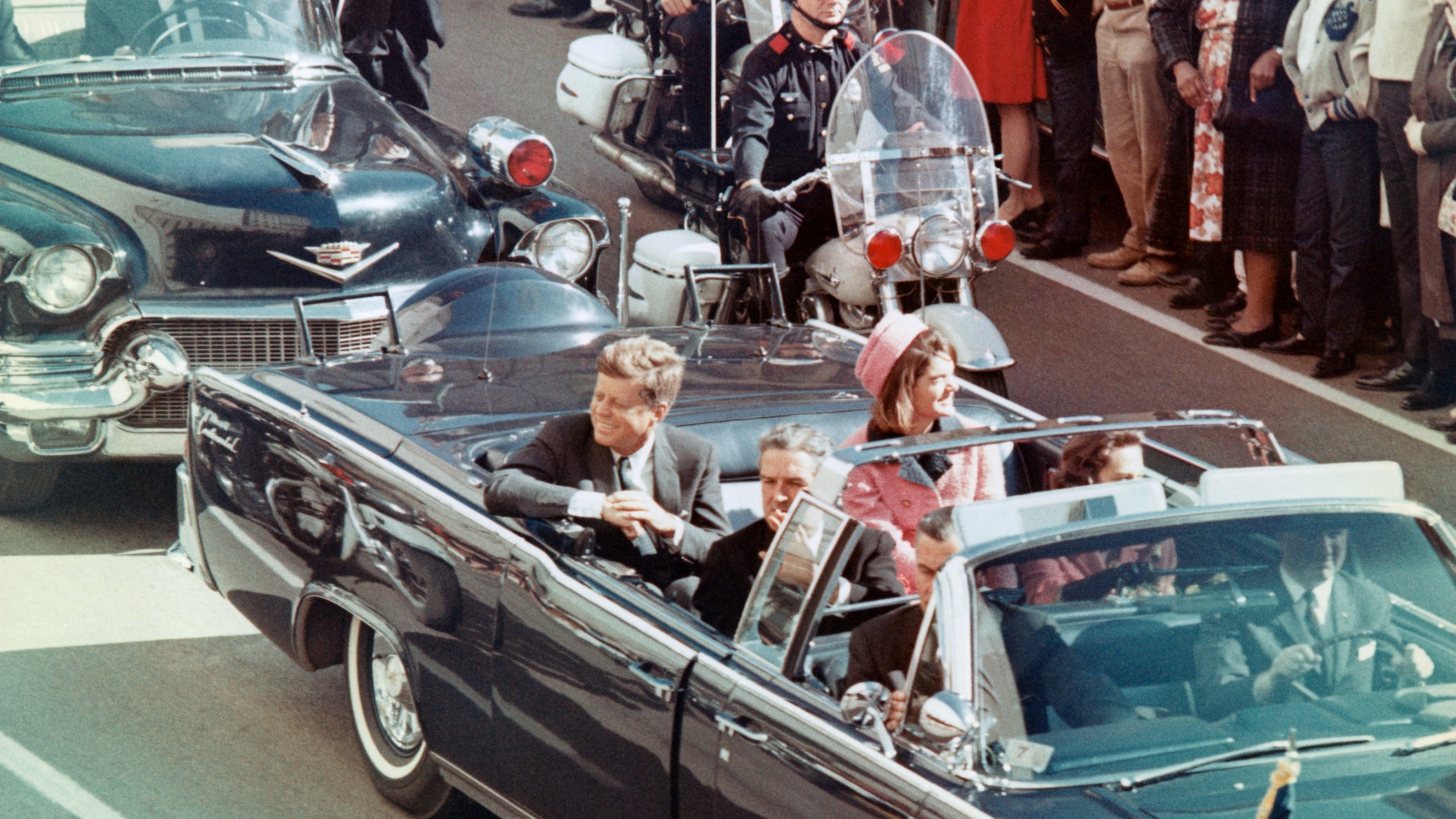 The JFK files: the truth at last?
The JFK files: the truth at last?In The Spotlight More than 64,000 previously classified documents relating the 1963 assassination of John F. Kennedy have been released by the Trump administration
-
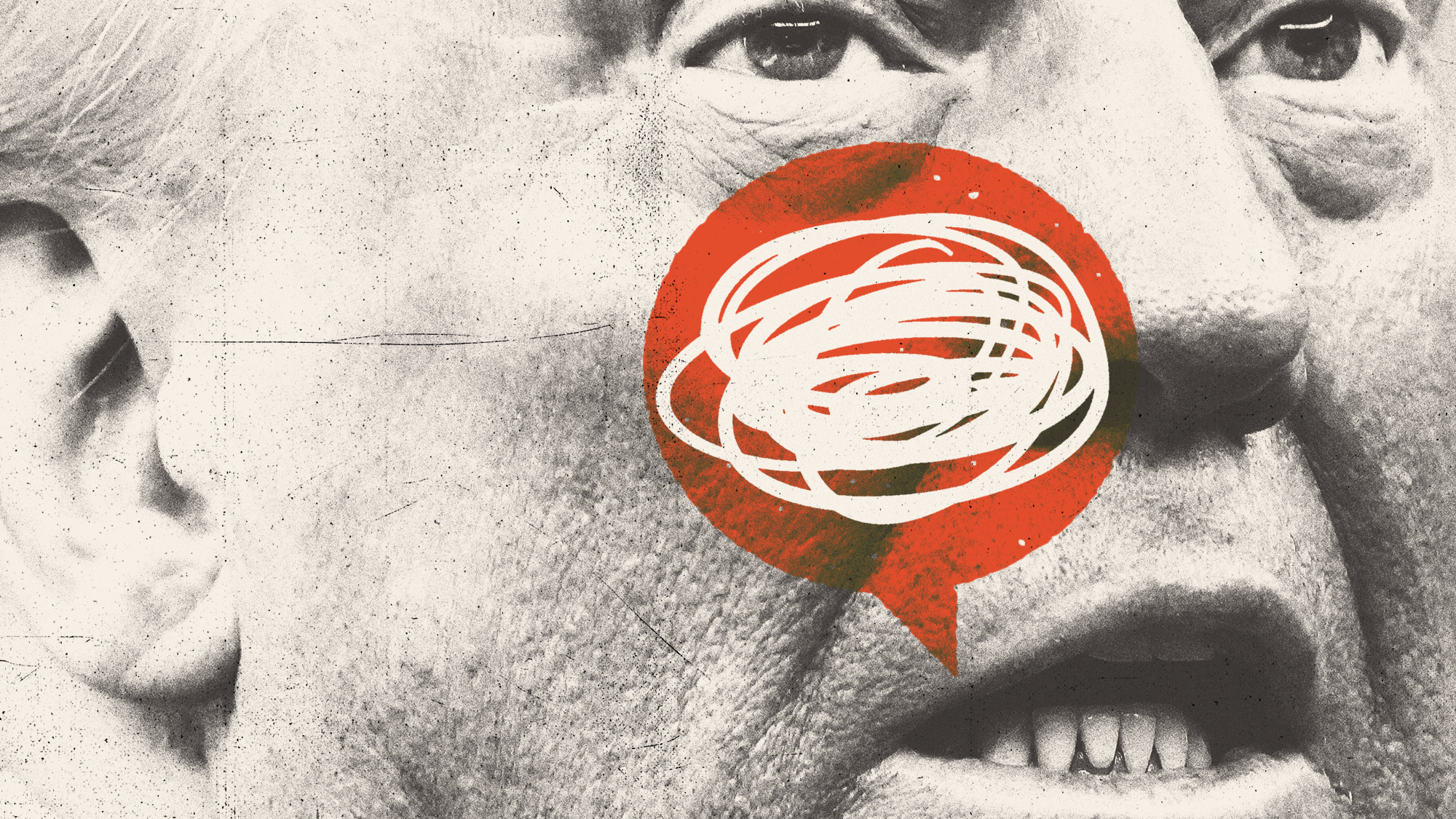 'Seriously, not literally': how should the world take Donald Trump?
'Seriously, not literally': how should the world take Donald Trump?Today's big question White House rhetoric and reality look likely to become increasingly blurred
-
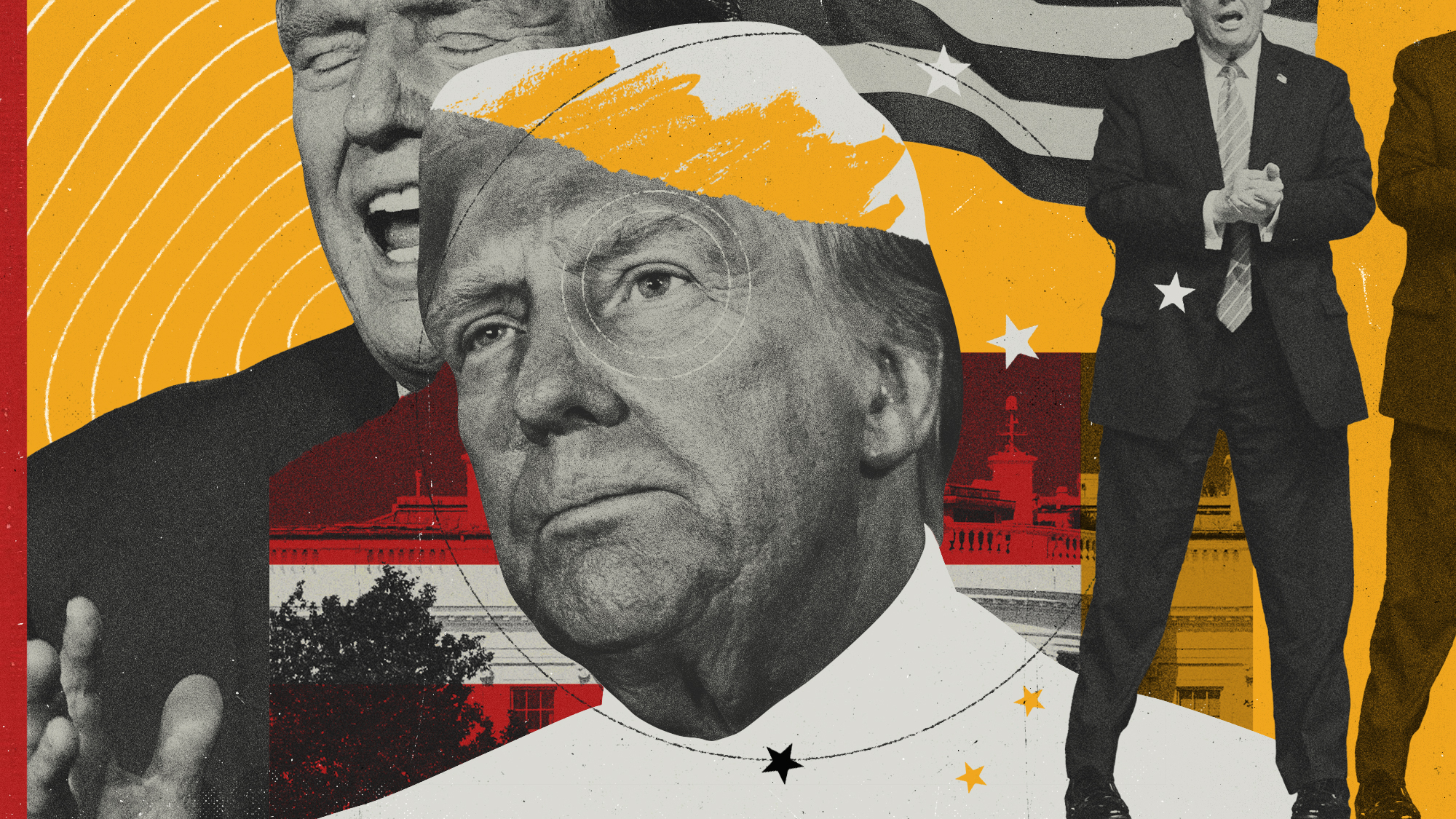 Will Trump's 'madman' strategy pay off?
Will Trump's 'madman' strategy pay off?Today's Big Question Incoming US president likes to seem unpredictable but, this time round, world leaders could be wise to his playbook